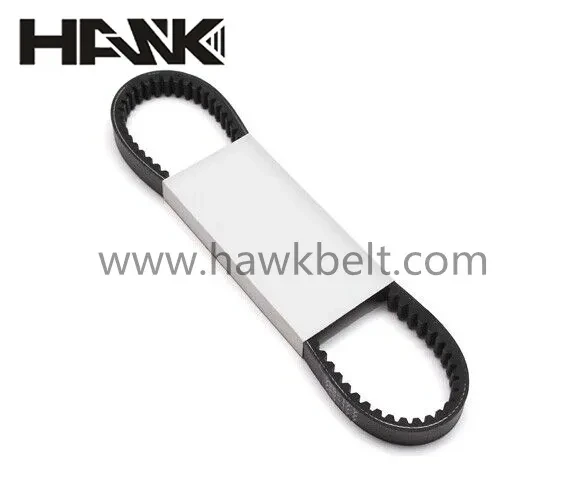- Arabic
- French
- Russian
- Spanish
- Portuguese
- Turkish
- Armenian
- English
- Albanian
- Amharic
- Azerbaijani
- Basque
- Belarusian
- Bengali
- Bosnian
- Bulgarian
- Catalan
- Cebuano
- Corsican
- Croatian
- Czech
- Danish
- Dutch
- Afrikaans
- Esperanto
- Estonian
- Finnish
- Frisian
- Galician
- Georgian
- German
- Greek
- Gujarati
- Haitian Creole
- hausa
- hawaiian
- Hebrew
- Hindi
- Miao
- Hungarian
- Icelandic
- igbo
- Indonesian
- irish
- Italian
- Japanese
- Javanese
- Kannada
- kazakh
- Khmer
- Rwandese
- Korean
- Kurdish
- Kyrgyz
- Lao
- Latin
- Latvian
- Lithuanian
- Luxembourgish
- Macedonian
- Malgashi
- Malay
- Malayalam
- Maltese
- Maori
- Marathi
- Mongolian
- Myanmar
- Nepali
- Norwegian
- Norwegian
- Occitan
- Pashto
- Persian
- Polish
- Punjabi
- Romanian
- Samoan
- Scottish Gaelic
- Serbian
- Sesotho
- Shona
- Sindhi
- Sinhala
- Slovak
- Slovenian
- Somali
- Sundanese
- Swahili
- Swedish
- Tagalog
- Tajik
- Tamil
- Tatar
- Telugu
- Thai
- Turkmen
- Ukrainian
- Urdu
- Uighur
- Uzbek
- Vietnamese
- Welsh
- Bantu
- Yiddish
- Yoruba
- Zulu
Dec . 30, 2024 19:22 Back to list
tooth timing belt
Understanding the Timing Belt Importance, Functionality, and Maintenance
The timing belt is an essential component of an internal combustion engine, integral for the proper functioning of many vehicles. Its primary role is to synchronize the rotation of the crankshaft and the camshaft(s), ensuring that the engine's valves open and close at the correct times in relation to the position of the pistons. This synchronization is critical for the engine to run smoothly and efficiently.
The Importance of the Timing Belt
The importance of the timing belt cannot be overstated. If this belt fails, the consequences can be severe. In interference engines, a timing belt failure can lead to catastrophic engine damage, where the pistons can strike the open valves in the cylinder head. This can cause bent valves, damaged pistons, and in some cases, a complete engine rebuild may be required. Conversely, in non-interference engines, while timing belt failure won't cause severe damage, it will still leave the vehicle inoperable.
Given its crucial role and the potential for costly repairs, regular maintenance and inspection of the timing belt are paramount. Most manufacturers recommend replacing the timing belt every 60,000 to 100,000 miles, but this can vary based on the vehicle and driving conditions. Consulting the owner’s manual is always the best course of action to determine the specific requirements for a particular vehicle.
Functionality of the Timing Belt
The timing belt is typically made from strong rubber and reinforced with materials like fiberglass or steel to withstand the extreme conditions inside the engine. It is composed of teeth that grip on the sprockets of the crankshaft and camshaft, creating a tight and precise connection between the two.
As the crankshaft turns, it drives the timing belt, which in turn rotates the camshaft. This movement controls the opening and closing of the engine’s intake and exhaust valves. The timing and precision of this process are what enable the engine to harness the energy produced during combustion effectively. In addition to this, the timing belt often drives other accessories such as the water pump, which is vital for maintaining optimal engine temperatures.
Symptoms of Timing Belt Issues
Awareness of the symptoms that might indicate issues with the timing belt is essential for vehicle owners. One common sign is a ticking noise coming from the engine, which often indicates that the timing belt may be worn or misaligned. Other symptoms include engine misfiring, rough idling, or a noticeable loss of power. In some cases, a dashboard warning light may illuminate, indicating potential engine problems.
tooth timing belt

If any of these symptoms are observed, it is advisable to consult a professional mechanic as soon as possible. Early detection of timing belt issues can save vehicle owners from extensive repairs and additional costs.
Maintenance Tips for Timing Belts
Maintaining the timing belt is crucial for vehicle longevity. Here are some tips for ensuring it remains in good condition
1. Adhere to Replacement Intervals Follow the recommended guidelines provided in the vehicle’s owner manual regarding timing belt replacement intervals.
2. Regular Inspections During routine maintenance, have the timing belt inspected for signs of wear, such as cracks, fraying, or excessive slack.
3. Replace Tensioners and Water Pumps When replacing the timing belt, consider also replacing the tensioners and the water pump, as these components often wear out simultaneously.
4. Stay Aware of Driving Conditions If you frequently drive in extreme conditions—such as extreme heat, cold, or heavy traffic—consider more frequent inspections and replacements.
5. Listen for Unusual Noises Be attentive to any unusual sounds coming from the engine, and consult a mechanic if something seems amiss.
Conclusion
In conclusion, the timing belt is a small but mighty component of a vehicle’s engine. Its role in controlling the timing of valve movement is critical for optimal engine performance. Understanding its importance, maintaining awareness of its operational signs, and following proper maintenance practices can significantly extend the life of a vehicle’s engine and prevent costly repairs. By treating the timing belt with the attention it deserves, vehicle owners can enjoy smoother rides and greater peace of mind.
-
Upgrade Power Steering Pump Belt for Smooth, Quiet Operation
NewsAug.27,2025
-
Precision Timing Belt & Chain: Engine Performance & Durability
NewsAug.26,2025
-
Precision Lathe Drive Belts: Durable & Reliable Performance
NewsAug.25,2025
-
84.5 Serpentine Belt: Durable & Precision Fit for Your Engine
NewsAug.24,2025
-
Premium Ribbed Drive Belts for Quiet Power Transmission
NewsAug.23,2025
-
High-Performance Vehicle Timing Belt for Engine Precision
NewsAug.22,2025

